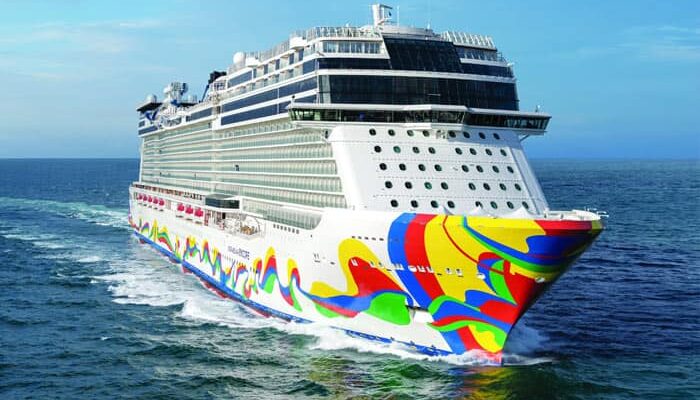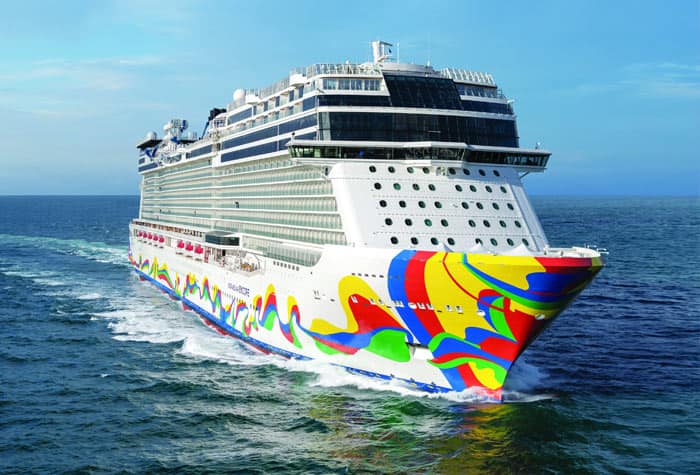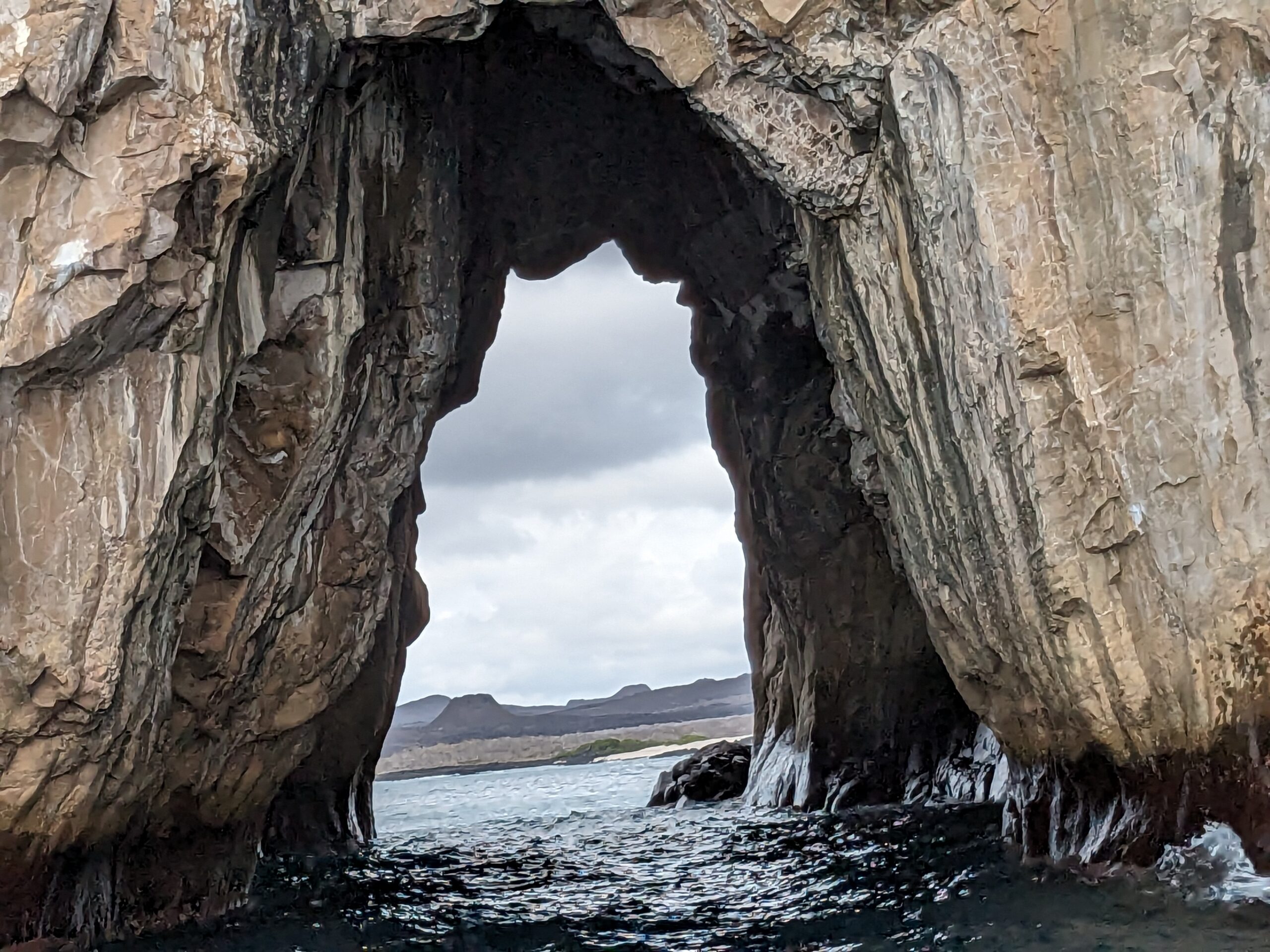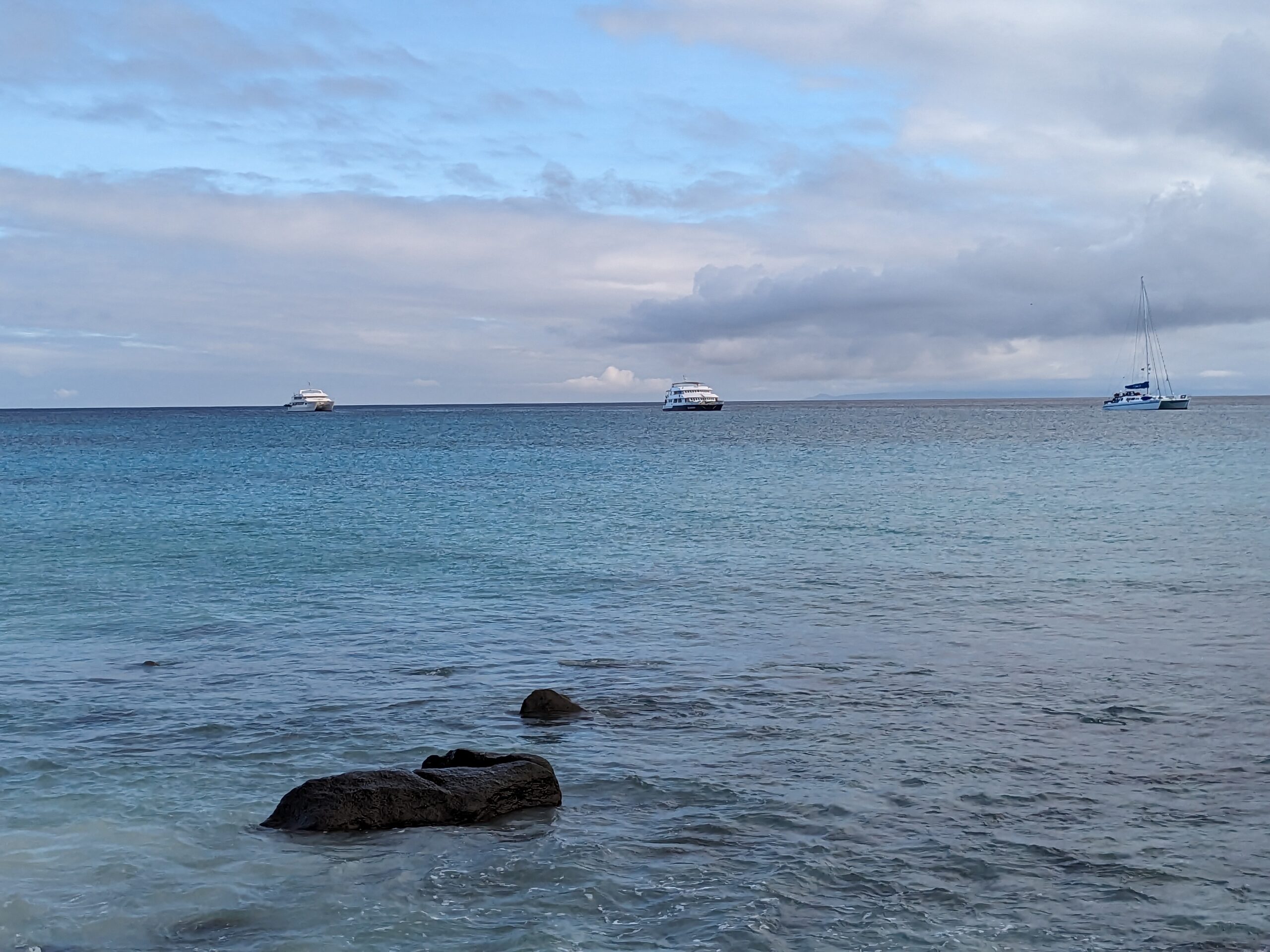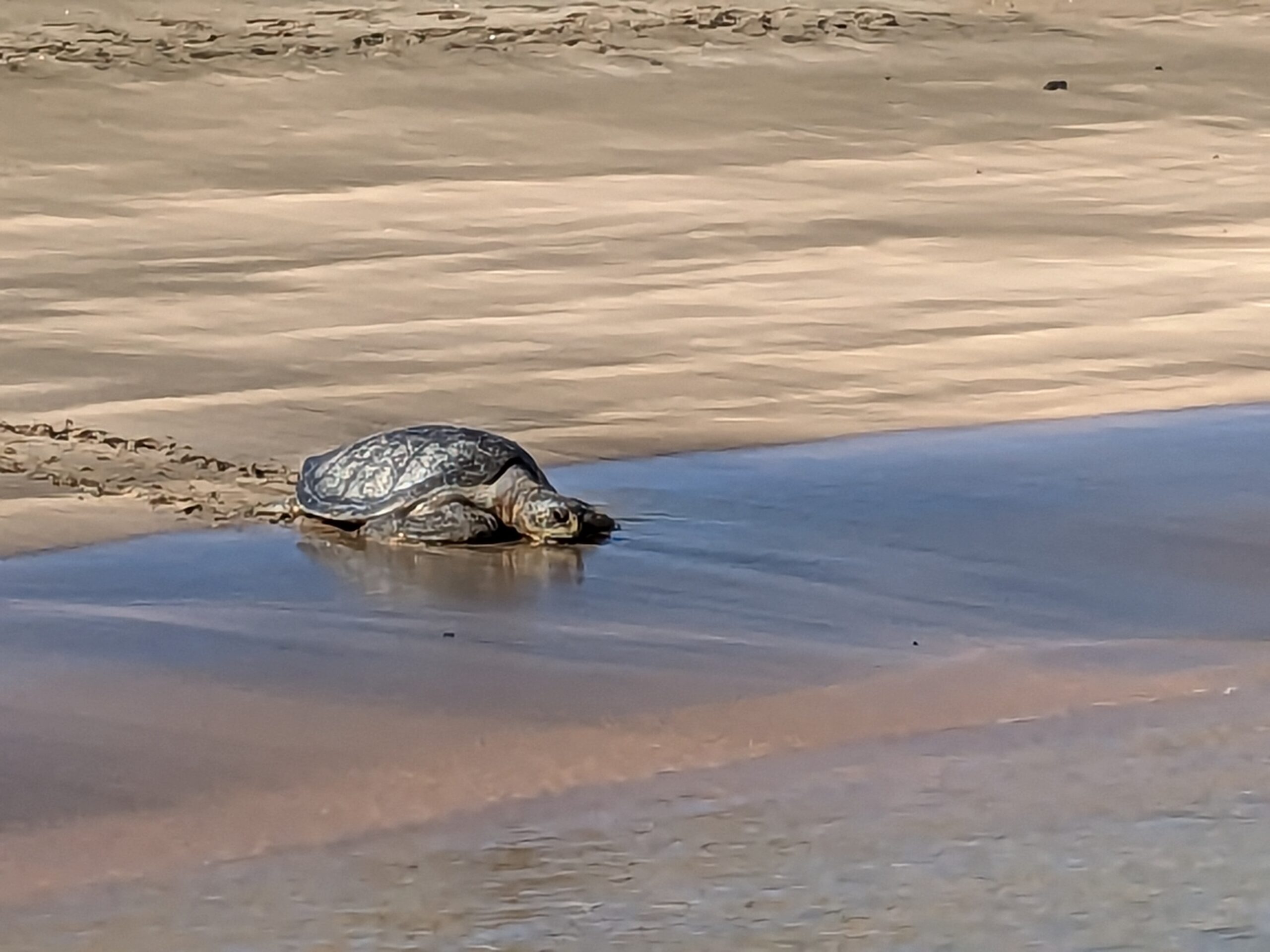
We hear many stories about retirees living on cruise ships, as opposed to the costs of living in various retirement communities and facilities. Not only do they find the cruising lifestyle more affordable with its many amenities, but they also love the novelty of continually sailing worldwide.
Living on a cruise ship in retirement has become an enticing option for some, combining the luxury of travel with practical living costs. The overall expense varies based on the type of cruise, accommodations, duration, and included amenities. Here’s a breakdown of the main costs:
1. Cruise Fares
The cost of living on a cruise ship can range from about $2,000 to $10,000 per month or more, depending on the ship and cabin type:
- Budget-friendly cruises cost around $2,000–$4,000 monthly or more and usually offer an interior cabin on a standard ship. They include basic amenities but might lack the perks of more expensive options.
- Luxury cruises: Suites or rooms with balconies on upscale ships can cost $8,000–$10,000+ per month or more.
2. Inclusions
Cruise fares often include a lot of everyday living expenses, which can make the overall cost comparable to, or sometimes less than, living on land:
- Meals: Most meals in various dining venues are included, with specialty restaurants sometimes costing extra.
- Entertainment: Onboard activities, shows, fitness centers, and lectures are typically included.
- Housekeeping and maintenance: The package includes regular cabin cleaning, laundry, and property maintenance.
3. Medical Expenses
Many ships offer onboard medical facilities for basic healthcare needs, but retirees may need comprehensive travel health insurance to cover more serious medical expenses. Insurance prices depend on age and health, typically ranging from $200 to $500+ per month.
4. Gratuities and Tips
Cruise lines often have automatic gratuities, typically adding $15 to $30 or more per person added daily to your bill. This is for crew service in dining rooms, housekeeping, and other areas.
5. Excursions and Activities
Shore excursions, special events, and premium services are an extra expense. Depending on how often you venture out, these can add $50 to $500 per excursion.
6. Internet and Communication
Wi-Fi on ships is often expensive and can range from $150 to $600 monthly. Some long-term or luxury cruises may include it in their package.
7. Taxes and Port Fees
These fees depend on the cruise itinerary and are typically $100–$500 per month, depending on how frequently the ship docks.
8. Discounts for Long-Term Stays
Retirees can benefit from discounts if they book extended stays or back-to-back cruises, significantly reducing the overall cost. Some cruise lines also offer packages for retirees, making a full-time living on a cruise more affordable.
9. Comparison to Traditional Living
If you compare the cost of living on a cruise to traditional retirement living (especially in high-cost areas), the cruise can sometimes offer savings:
- Retirement community: Monthly fees, housing, utilities, meals, and activities in senior living communities can easily cost $5,000–$8,000 per month.
- On a cruise, many of these expenses are bundled into a more predictable price, plus you get the added benefit of constant travel.
Living on a cruise ship in retirement offers a unique and adventurous lifestyle, with relatively predictable expenses and the chance to explore new places daily. It can be an ideal setup for someone looking for a travel-focused, maintenance-free lifestyle.
This lifestyle is not for us. As mentioned in post Part 1 two days ago, we love the novelty of cruising. But doing so permanently would diminish the uniqueness of cruising and eventually become mundane.
Be well.
Photo from ten years ago today, September 29, 2014:






